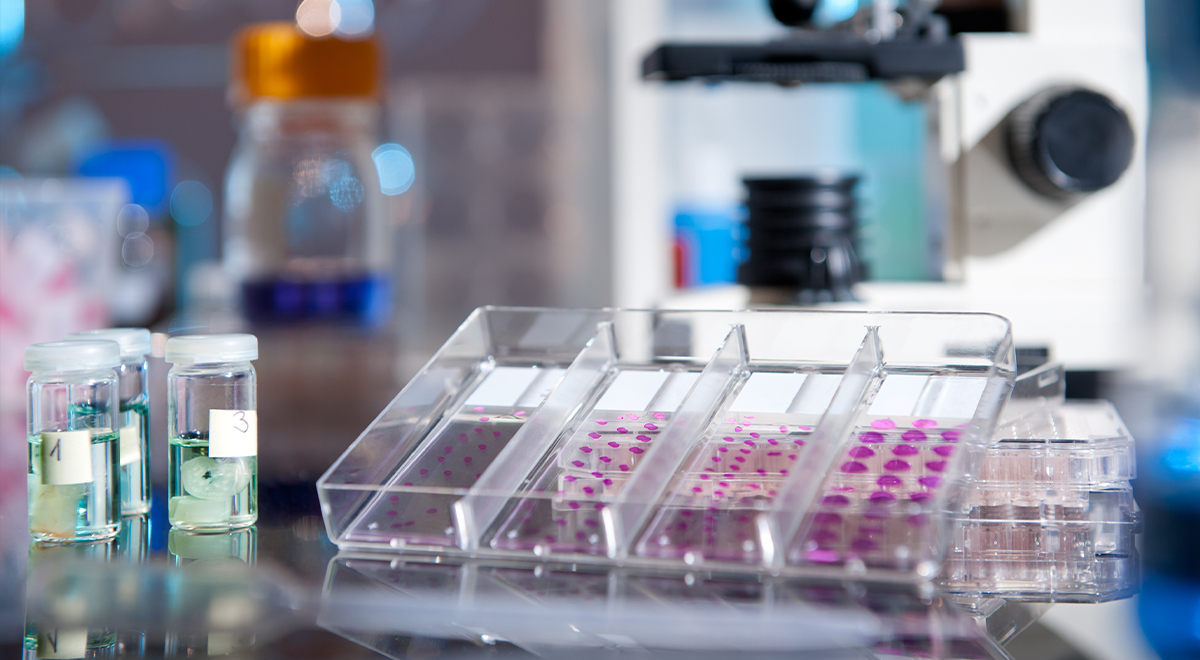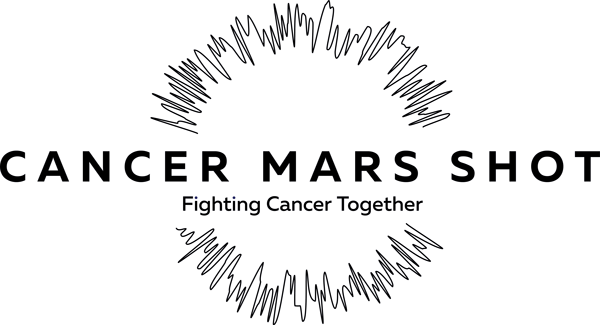How to Choose the Right Biospecimen for Your Study?
December 2, 2020

How to choose the right biospecimen is a critical question upfront of every biospecimen collection project. Taking the time to answer it can prevent both time and financial losses and guarantee the success of your study. It is important to select the type and format that best fits your project's final goals. The variety of biospecimens (solid tissues/biofluids) and the format in which they are isolated and conserved will define the downstream applications they suit 1.
Choose the right biospecimen from various types and formats
Solid tissue obtained from biopsy or during surgical intervention could be preserved and stored as FFPE (Formalin-Fixed Paraffin-Embedded) or frozen blocks. Both types of preservation are suitable for IHC (Immunohistochemistry) analysis or DNA/RNA screenings for new molecular targets or biomarkers 2 , and the choice between them depends on the details of the downstream analysis.
Fresh tissue isolation is required if the purpose is to further isolate cells for primary 2 or 3D cultures development. With the growing interest in the tumor microenvironment, these techniques are being increasingly requested and performed.
Among biofluids, blood is the leader when it comes to biomarkers research and profiling of patients 3. Blood is a highly informative biosample offering multiple analytical levels and opportunities.
Whole blood could be directly frozen and used for genetic screening. More tailored approaches involve separating the immune cell fraction from the liquid fraction (plasma) and the subsequent analysis of these two components covering different informative parameters.
Blood cell fractions are an invaluable sample for evaluating immune responses and crucial for the advancements of immuno-oncology and cell-based therapies.
On the other hand, the plasma contains all soluble molecules, cell-free DNA (cfDNA), circulating tumor cells (CTCs), and many metabolites and extracellular vesicles.
Matching blood and solid tissue samples is a promising strategy, and with the continuous developments in the field of liquid biopsy, the interest towards such sets is constantly growing 4,5.
The righ iospecimen comes with available data
Correct and complete data annotation is essential for the usability of collected samples 6. A well collected and preserved biomaterial is crucial, but its most significant value lies in the extensive accompanying clinical data.
As studies are becoming narrower, collections are often bespoke or prospective to reply to the continually increasing specifications such as mutational profile, relapse status, or previous treatments.
Samples with extensive molecular and follow up data hold great promises for identifying the molecular keys for therapy resistance. As these criteria become highly selective, it is crucial for retrospective collections stored at biobanks to be accompanied by as much molecular and follow up data as possible.
Good practices in choosing the right biospecimen are essential
In addition to being essential tools for modern biomedical research, human-derived biospecimens are also subject to complex ethical considerations and regulations 7. The main guidelines for ethical collection of human-derived biospecimens were outlined in the Belmont Report in 1979, but valid also today.
It is crucial to ensure that the biomaterials are delivered with the donor's signed informed consent and that the collected tissue did not compromise diagnosis or treatment. Patient's data protection and pseudonymization are additional aspects subjected to strict regulations. Evaluation of how these matters are handled is crucial when choosing a human biospecimen provider.
Human biospecimens will continue to play a crucial role in the future improvements and developments of biomedical research. Therefore, it is not a question of whether science will need biospecimens, but instead on collecting, storing, and using them accurately and ethically. Awareness of these details will help make an informed choice on the right type of biospecimen from an accurate provider, two essential steps for translational research projects' success.
At Audubon Bioscience, we understand the importance of human biospecimens and we will support you throughout your collection process. Contact us to learn more about capabilities and collections.
Bibliography:
- Reuben, A. et al. Working with human tissues for translational cancer research. J. Vis. Exp. 2015, 1–7 (2015).
- Gaffney, E. F., Riegman, P. H., Grizzle, W. E. & Watson, P. H. Factors that drive the increasing use of FFPE tissue in basic and translational cancer research. Biotech. Histochem. 93, 373–386 (2018).
- Marrugo-Ramírez, J., Mir, M. & Samitier, J. Blood-based cancer biomarkers in liquid biopsy: A promising non-invasive alternative to tissue biopsy. Int. J. Mol. Sci. 19, 1–21 (2018).
- Di Meo, A., Bartlett, J., Cheng, Y., Pasic, M. D. & Yousef, G. M. Liquid biopsy: A step forward towards precision medicine in urologic malignancies. Mol. Cancer 16, 1–14 (2017).
- Müller, H. et al. Biobanks for life sciences and personalized medicine: importance of standardization, biosafety, biosecurity, and data management. Curr. Opin. Biotechnol. 65, 45–51 (2020).
- Kapp, M. B. Ethical and legal issues in research involving human subjects: Do you want a piece of me? J. Clin. Pathol. 59, 335–339 (2006).
- Beier, K., Schnorrer, S. & Hoppe, N. The ethical and legal regulation of human tissue and biobank research in Europe. The ethical and legal regulation of human tissue and biobank research in Europe (2017). doi:10.17875/gup2011-386

